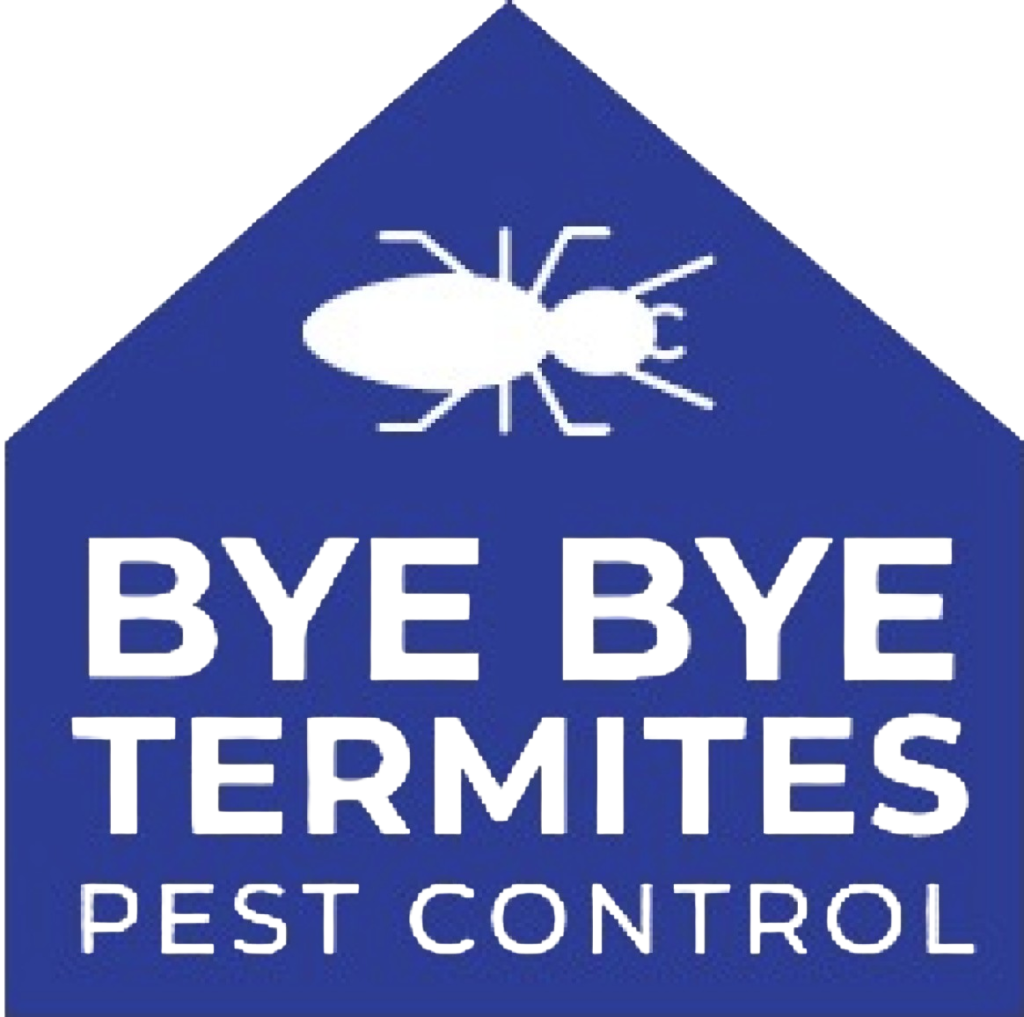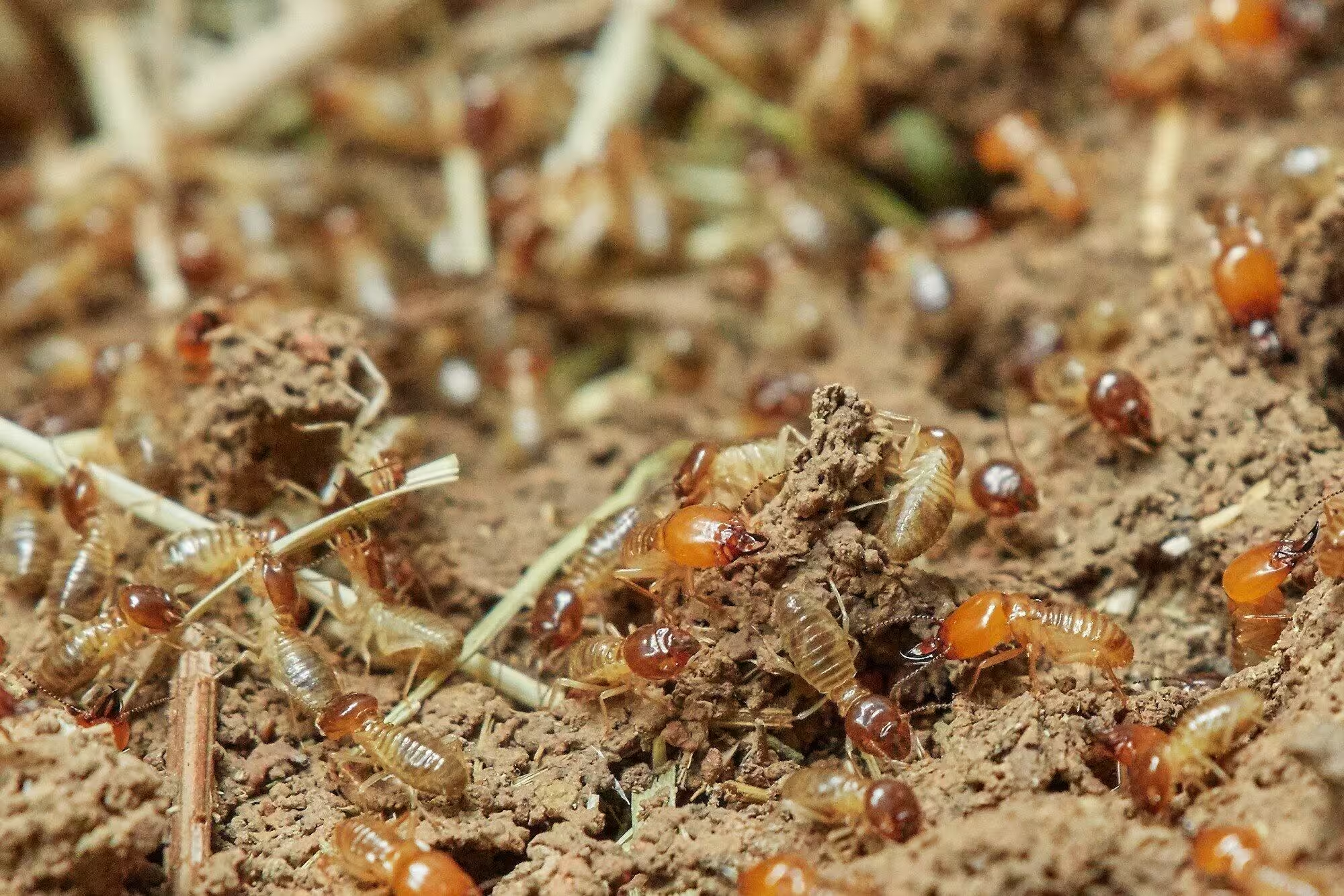Miami, Florida ranks in the top 10 United States cities for termite infestations. It’s a startling reality that underscores the urgent need for effective termite control.
Termite fumigation stands as a vital solution to combat these relentless pests. Reading our guide will introduce you to the hidden world of termites, from understanding termite identification to exploring preventive strategies.
Whether you’re a homeowner, business owner, or simply curious about termite control, this guide equips you with the knowledge to safeguard your property against termite damage.
Know Your Enemy: Termite Identification Overview
Termites are small, pale, ant-like insects that consume cellulose found in wood and other plant materials. While they play an important role in nature’s ecosystem, their appetite for wood can wreak havoc on human structures.
The funny thing about termites is that they’re often mistaken for other types of flying insects to the untrained eye, including:
- Flying ants
- Carpenter ants
- Powderpost beetles
- Mayflies
- Carpenter bees
While these insects may share some similarities with termites, once you see a real termite, you’ll see the differences and likely won’t mistake one for the other again.
Termites have soft bodies, ranging from 1/4 to 1/2 inch in length. They’re usually pale or a whitish color. Some species have wings, while others are wingless.
Where Do Termites Thrive?
Can you see why identifying termites can confuse someone who is not an entomologist? They look similar to other insects and even have similar behaviors. To make things even more confusing, they share similar habitats.
One thing that differentiates termites is where they live. While all live in colonies, some species live underground, while others live in wood.
Depending on the species, termites prefer living in warm or humid climates. That explains why homeowners in the Miami area seem to attract more termites than someone living in Antarctica, where termites can’t survive.
The ideal habitat is one where they can feed on cellulose, their main food source. Where do termites find cellulose? Wood, plants, and plant-based materials are where these pests go to dine.
But termites generally don’t live in their dining area, so they need pathways to get to and from home.
Common Signs of Termite Infestation
One problem with termites is not knowing you have a problem. Unless you’re on your toes about looking for termite damage signs, they could live on your property for quite some time before you realize it. Often, when a homeowner discovers a termite infestation, it’s too late.
Here are some clues that could indicate a termite infestation:
Mud Tubes
Termites build pencil-sized tunnels to travel between their colony and food sources. Mud tubes on exterior walls are a telltale sign of an infestation.
Wood Damage
Termites consume wood from the inside out, leaving behind an easily penetrated thin veneer. Tap on wood surfaces and listen for a hollow sound.
Swarms of Winged Termites
Certain species release swarms of winged reproductive termites to start new colonies. These swarms are often the first visible sign of an infestation.
Discarded Wings
After swarming, termites shed their wings. They leave behind piles of discarded wing remnants.
Frass (Termite Droppings)
Like most insects, termites leave evidence other than property damage. Small, dry pellets of excrement are another indicator of termite activity.
The sooner you address any of these clues, the faster you can get rid of termites. To guarantee you’re dealing with termites and not another type of insect, it’s always best to have a qualified exterminator inspect your property.
Importance of Early Detection
When you’re sick, early identification is critical, so your healthcare provider can write a prescription or advise other treatments. It is the same with termites.
Early detection and proper identification of termite species are crucial for effective treatment. Termites can cause extensive, costly damage. Left unchecked, termites can cause over $10,000 in damage to your home. Since homeowner insurance won’t cover the repairs, homeowners are stuck with the hefty bill.
Regular inspections by a professional can help catch infestations early and prevent severe structural harm.
A professional exterminator is the best authority on whether you have an infestation, why species of termite you’re dealing with, and the best treatment options.
Common Termite Species Found in Miami
Understanding the different species of termites is crucial for effective termite control. Each species has unique characteristics and behaviors that affect how they infest and damage structures.
Subterranean Termites
Subterranean termites are the most common and destructive type found in Miami. They live underground and build mud tubes to access above-ground food sources.
You can recognize them by their cream-colored bodies with a slightly darker head. Winged reproductive termites (swarmers) have two pairs of easily detached, equal-length wings.
This species requires contact with soil or constant moisture to survive. That’s why they build nests underground, often near sources of moisture. Subterranean termites feed on structural wood, wood debris, and other cellulose materials.
Drywood Termites
Drywood termites are less common in Miami, but the Florida Drywood Termite can still cause significant damage if left untreated.
This species has thick, oval-shaped bodies with six legs. They’re larger than their subterranean cousins — up to 1 inch long. Winged reproductives have two pairs of wings, with one pair longer than the other.
Drywood termites build nests in the wood they eat. They don’t require any contact with soil. Instead, they feed on structural wood, furniture, and other dry, undecayed wood sources.
Homeowners usually find these pests in attics, wall voids, and other dry areas of the home.
Dampwood Termites
These termites live in subtropical areas. In the eastern United States, particularly Florida, they stand out as the largest termite species.
Dampwood termites have cream-colored bodies with distinct, wide waists. Winged reproductives have two pairs of equal-length wings. They can easily shed their wings.
Unlike their drywood counterparts that infest structures or subterranean termites that forage in soil, dampwood termites have unique habitat requirements. They thrive in humid environments and need regular access to water.
Termite Fumigation: A Comprehensive Solution
Termite fumigation is the go-to solution for getting rid of termites – – regardless of the species. Fumigation is the gold standard for termite treatments. Other types of termite treatments have limitations.
For example, spot treatments may work for minor termite issues, but not for a full-blown infestation. Fumigating for termites is like giving your property a deep clean. It reaches every corner and crevice.
What about DIY Termite Fumigation?
For many homeowners, it’s tempting to take matters into their own hands when faced with a termite problem. DIY termite fumigation is not a good idea. Here’s why:
Safety Concerns
Fumigants are potent chemicals that require careful handling and precise application. Without proper training and equipment, DIY fumigation can pose serious health risks to you, your family, and your pets.
Ineffectiveness
DIY fumigation methods, such as over-the-counter sprays or foggers, often lack the strength and coverage needed to eradicate termite infestations. Termites are crafty pests that can evade DIY treatments, leading to ongoing infestation issues.
Incomplete Treatment
Professional termite fumigation involves a comprehensive approach. DIY methods are unlikely to reach all areas where termites may be hiding, leaving behind pockets of infestation that can quickly rebound.
Legal and Environmental Risks
Using fumigants without proper permits or following regulations can result in legal consequences. Additionally, improper use of chemicals can harm the environment and neighboring properties.
The Termite Fumigation Procedure
When you make the appointment for the exterminator to fumigate, they should provide instructions on what you should do before the technician’s arrival. Here is an overview of the fumigation process.
Sealing the Structure
The fumigation company will seal all openings, including doors, windows, and vents. This ensures that the fumigant gas remains contained within the structure.
Releasing Fumigant
Once they seal the structure, the exterminator releases fumigant, which circulates throughout your home or building. Fumigants may include sulfuryl fluoride or methyl bromide. Many pest control professionals use environmentally friendly and human-friendly solutions for infestation.
Aeration and Re-entry
Your pest control technician will ventilate the home to remove the fumigant gas. Once safe levels are achieved, you can re-enter the premises.
Home Termite Prevention 101
Termites are notorious for their ability to infiltrate homes and cause extensive damage. Taking proactive measures to prevent termite infestations can save you time, money, and stress.
Moisture Control
Termites thrive in moist environments. Reducing excess moisture around your home’s foundation is crucial. Here are a few things you can do:
- Repair leaks
- Fix drainage issues
- Properly ventilate crawl spaces and basements
Installing proper gutter systems and directing water away from the foundation can also help create a less hospitable environment for termites.
Use of Termite-Resistant Building Materials
When building or renovating your home, opt for termite-resistant materials whenever possible. Treated lumber, concrete, and steel are excellent choices. Consider using termite barriers, such as physical barriers or chemical treatments.
Regular Inspections
Don’t wait until you see visible signs of termite damage to take action. Schedule annual inspections with a licensed pest control professional. Early detection is key!
Are Termites Living in Your Home?
If you suspect termites have moved in, termite fumigation is the key to taking back control of your home.
For over 12 years, Bye Bye Termites Pest Control has been South Florida’s trusted pest control company, offering eco-friendly solutions that deliver lasting results.
Don’t wait for termites to wreak havoc – request a quote today!


